Cats have always had a reputation for being mysterious.
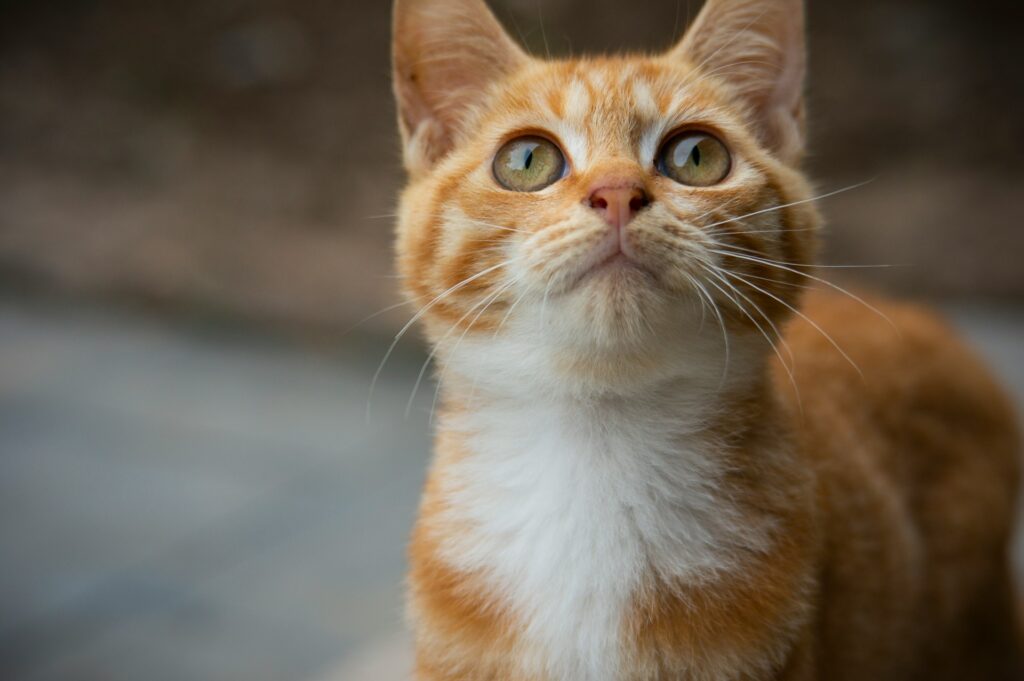
Unlike dogs, who often wear their hearts on their sleeves, cats can be aloof, unpredictable, and baffling. One minute, they might be curled peacefully in your lap, purring softly, and the next, they might leap away as if affronted by your presence. They may spend long stretches of time seemingly lost in thought, staring into nothingness, or suddenly dash across the house as though pursued by unseen forces. It’s no wonder that throughout history, cats have been associated with superstition, myth, and magic.
However, behind their enigmatic exterior, much of a cat’s strange behaviour can be explained by a fascinating combination of instinct, evolution, and specialised physiology. When we take the time to understand these elements, our feline companions’ oddities start to make a lot more sense, and our bond with them can grow even stronger.
The wild roots of domestic behaviour
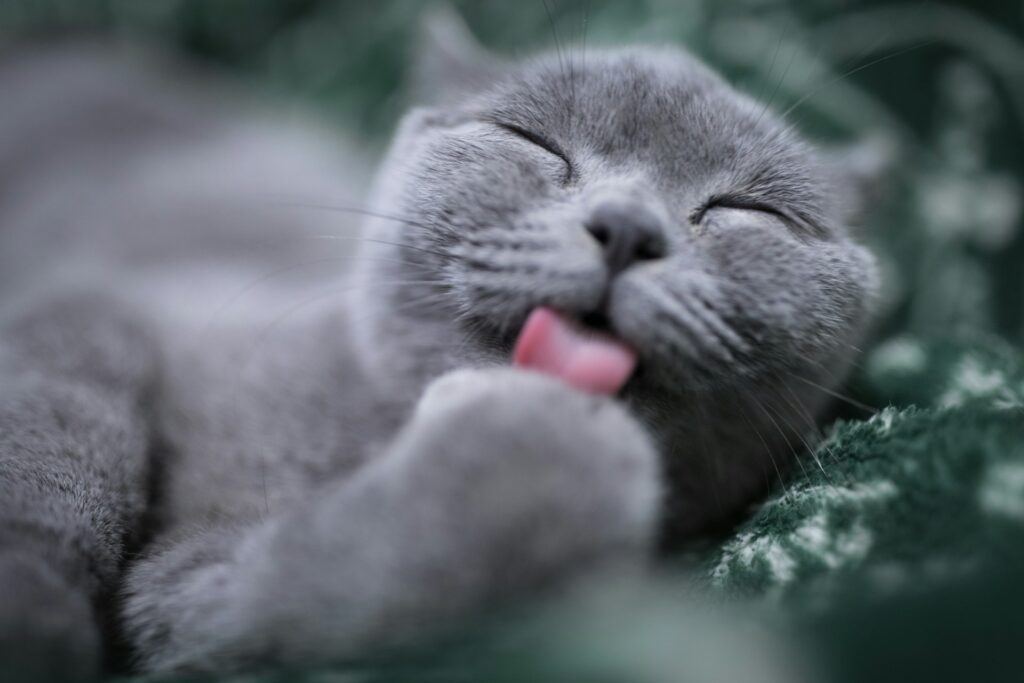
Despite being pampered house pets today, domestic cats (Felis catus) are only partially removed from their wild ancestors, particularly the African wildcat (Felis lybica). Thousands of years ago, humans likely welcomed cats into their communities because they were skilled hunters of vermin. The relationship was mutually beneficial, but cats were never truly “domesticated” in the same way as dogs.
This wild heritage explains many of the behaviours we see in our homes. When a cat pounces on a toy or stalks a dust bunny across the floor, it’s tapping into hardwired predatory instincts. Hiding in boxes, high perches, or dark corners is similarly linked to survival strategies. Concealment provides both safety and a tactical advantage when ambushing prey.
Even the way cats patrol the perimeters of their home territory reflects behaviours observed in wildcats, who regularly survey their ranges to detect intruders and secure resources.
Why do cats stare into space?
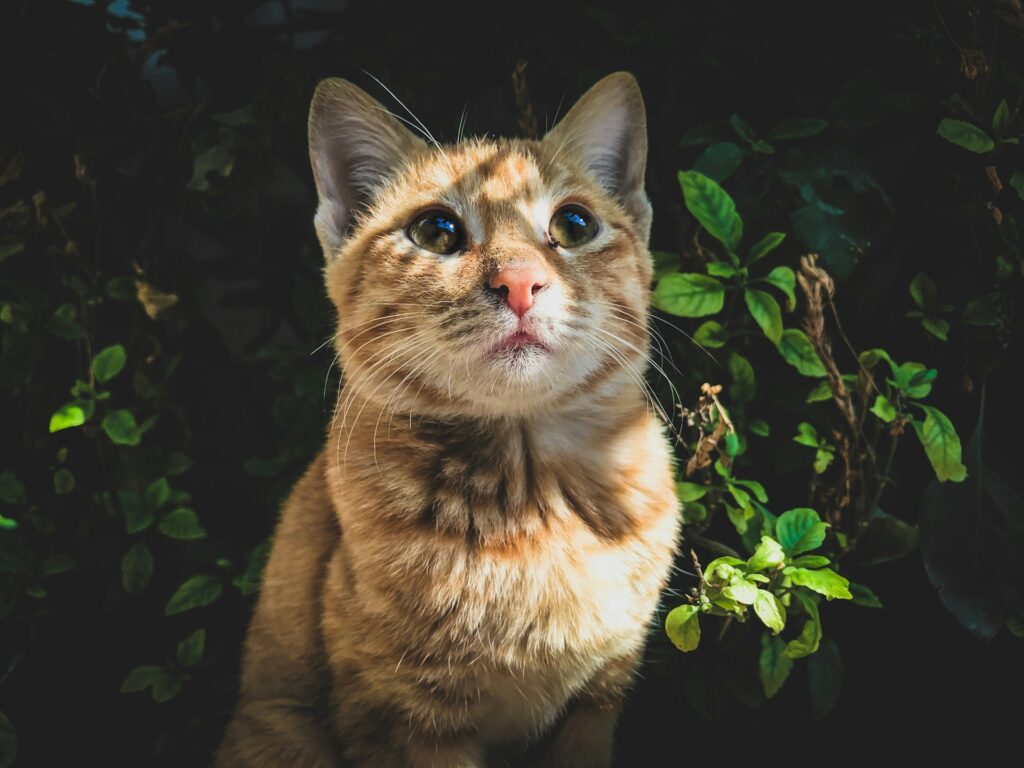
Few things are more unsettling (or endearing) than a cat staring fixedly at an empty corner of a room. But while it might seem eerie to us, there’s usually a logical reason behind this behaviour.
Research has shown that cats possess extremely sensitive hearing, capable of detecting ultrasonic sounds that humans cannot hear. It’s quite possible your cat is listening to the faint rustling of a mouse in the wall, the buzzing of a tiny insect, or even distant outdoor noises carried through pipes and walls.
Their eyesight, particularly attuned to detecting movement in low-light conditions, means they pick up subtle visual stimuli that would completely escape human notice. What looks like “staring into nothing” might actually be intense observation—a reminder of just how finely tuned their senses are.
The midnight zoomies
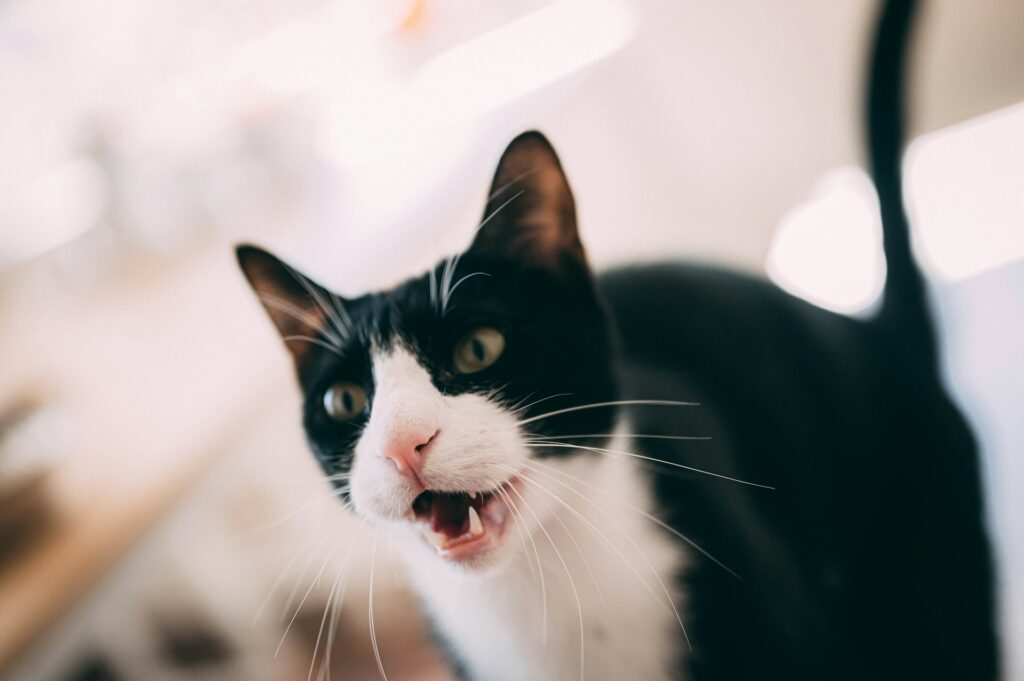
Almost every cat owner has been startled awake by the thunderous sound of their cat tearing around the house in the dead of night. This phenomenon, often dubbed the “midnight zoomies,” has deep biological roots.
Cats are crepuscular creatures, meaning they are most active during dawn and dusk. In the wild, these are the prime hunting hours, when prey animals are most active. Domestic cats retain this internal clock. When your indoor cat launches into a high-speed chase around 2 a.m., it’s simply honouring a deeply ingrained survival rhythm.
Playtime during the day can help burn off some of this energy before nighttime. Scheduled interactive play sessions with feather wands, laser pointers, or treat puzzles can mimic hunting activity and help satisfy their natural urges, making those nighttime frenzies less intense.
Kneading and purring: signs of comfort (or something more)?
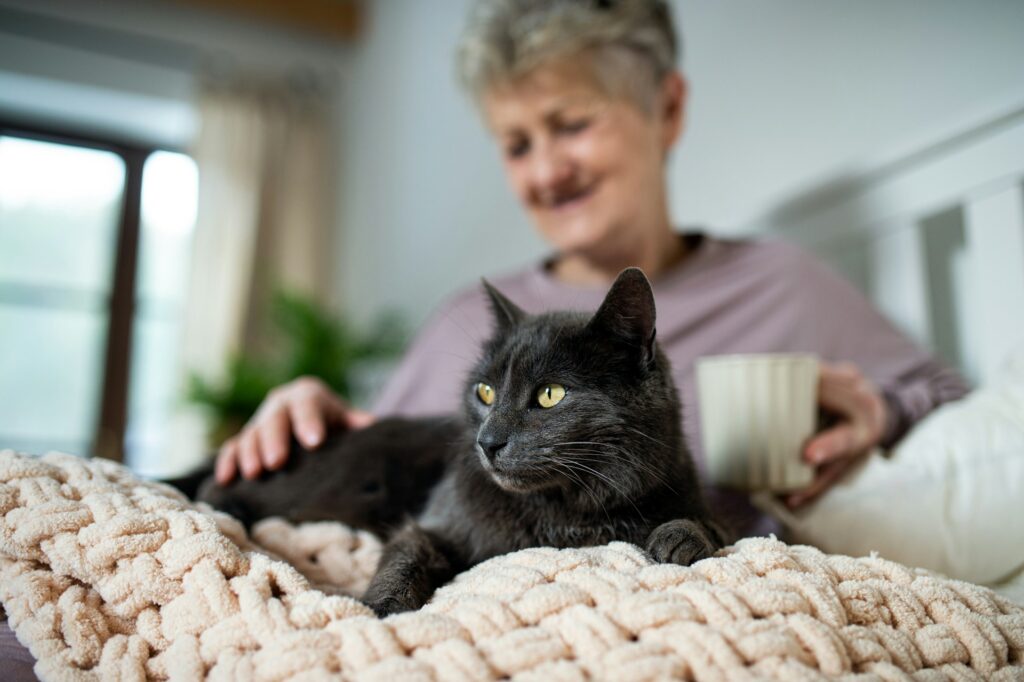
Kneading, often referred to as “making biscuits,” is another behaviour rooted in kittenhood. Young kittens knead their mother’s belly to stimulate milk flow. Many cats retain this comforting motion into adulthood, usually displayed when they are relaxed and feeling secure.
Purring, while typically associated with contentment, is actually more complex. Cats purr when they are happy, but also when they are frightened, in pain, or recovering from injury. Research suggests that the frequency of a cat’s purr (between 25 and 150 Hertz) may promote tissue regeneration and reduce inflammation.
In this way, purring can be viewed both as a means of self-soothing and possibly as a biological healing mechanism. So while a purring cat curled beside you may simply be expressing contentment, an injured or stressed cat might also purr to support its own recovery.
Why cats knock things off tables
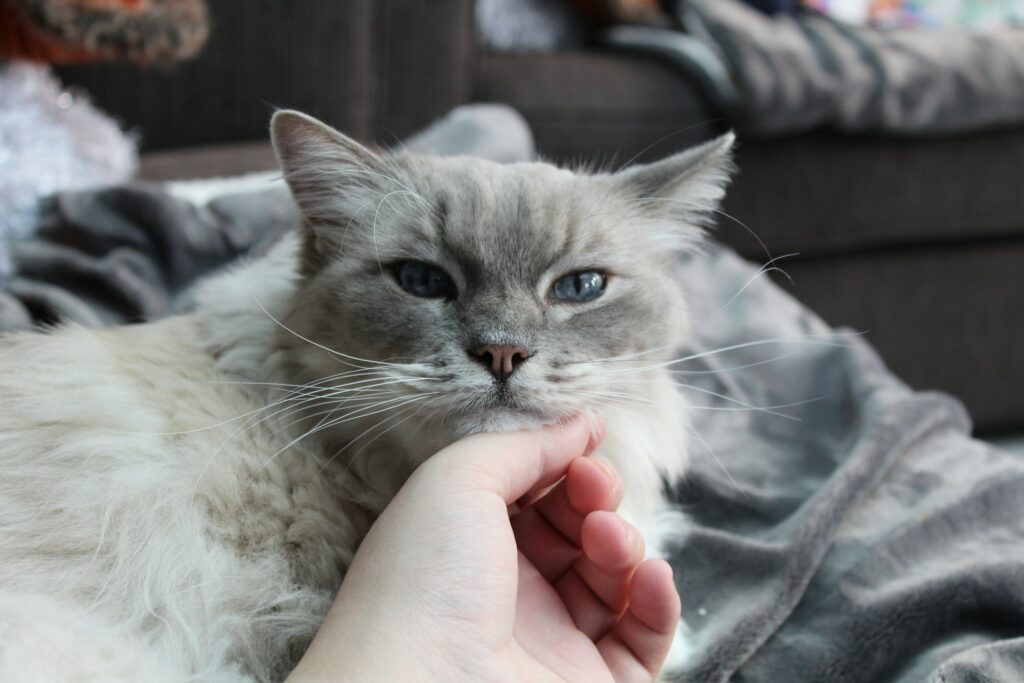
The comical (and sometimes infuriating) habit of cats knocking objects off tables isn’t just random mischief. It’s a behaviour tied to curiosity and their predatory instincts.
In the wild, cats use their paws to test the texture, stability, and even the “aliveness” of objects. A bat of the paw could reveal whether a small creature is injured and safe to eat. In the home, when a cat taps at a pen or a glass, it’s engaging in this exploratory behaviour.
Moreover, some cats quickly learn that knocking objects over results in attention, and for a cat seeking stimulation or interaction, even a reprimand can reinforce the behaviour. Providing more environmental enrichment can help reduce the temptation to turn your desk into a playground.
The mystery of slow blinking

One of the more endearing feline behaviours is the “slow blink.” If your cat gazes at you and deliberately closes and reopens its eyes in a slow, languid fashion, it’s offering a gesture of trust and affection.
In the feline world, closing one’s eyes in another’s presence is an extraordinary act of vulnerability. Slow blinking communicates that your cat feels safe and relaxed around you. Responding with your own slow blink can help strengthen your bond. Research published in Scientific Reports confirms that cats are more likely to approach and interact with humans who engage in slow blinking.
Territory, scent, and social signals
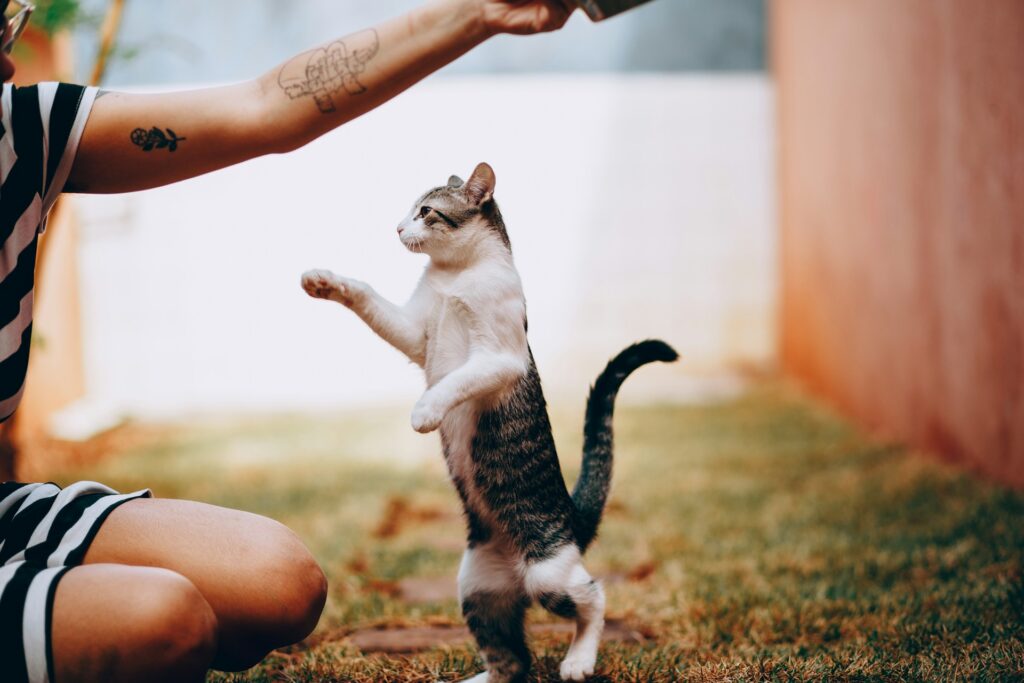
Scent is the cornerstone of a cat’s world. While humans rely primarily on vision, cats depend heavily on scent to gather information about their surroundings. When your cat rubs its head against your legs or the furniture, it’s marking territory using scent glands located around the face.
Scratching posts serve a similar purpose. Beyond maintaining claw health, scratching leaves behind visual marks and scent from glands in the paws. It’s a powerful statement: “This space is mine.”
Understanding the importance of scent helps explain why cats can become distressed by new smells or changes in their environment. Introducing new objects or moving to a new home can unsettle them because their familiar scent landscape is disrupted.
Solitude and independence
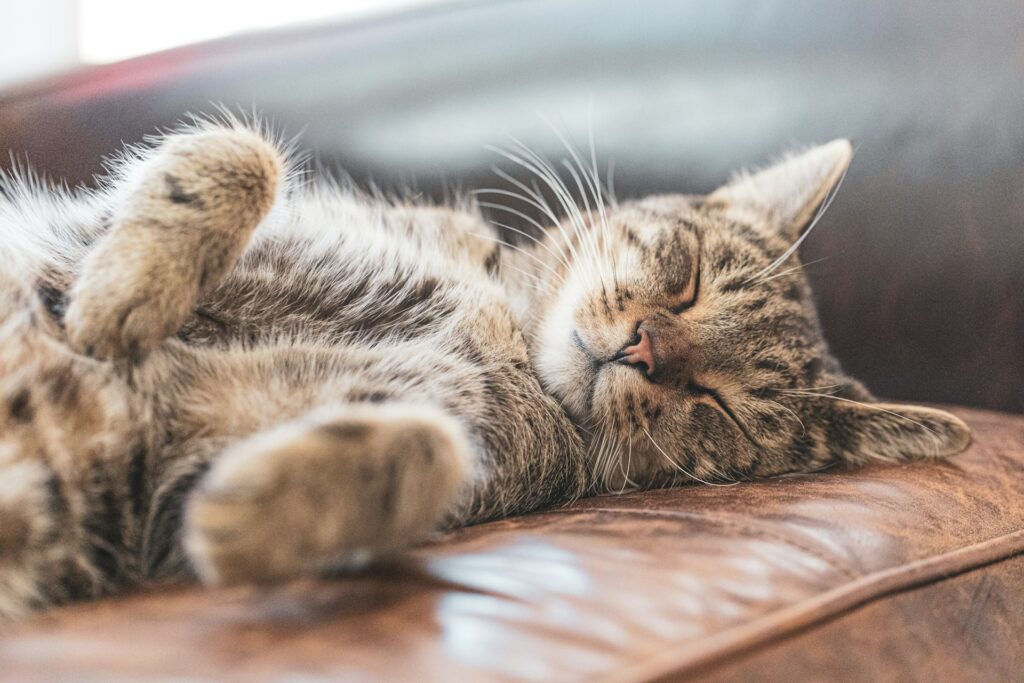
Cats are often unfairly labelled as cold or uncaring, but in reality, they simply have a different social structure than more overtly demonstrative animals like dogs. Wildcats are typically solitary hunters, coming together primarily for mating or to raise kittens.
This independence doesn’t mean cats are incapable of love or loyalty. Many domestic cats form deep, enduring bonds with their humans and with other animals. However, they value autonomy and prefer to choose when and how they interact.
Respecting a cat’s boundaries by allowing it to approach you rather than forcing affection can actually lead to a much stronger relationship built on trust rather than submission.
Embracing the mystery

Cats are a blend of wild instincts, sharp senses, and unique social signals, all wrapped in a fur coat of mystery. Their behaviours, while sometimes puzzling, are rooted in evolutionary survival strategies and biological necessity.
Rather than trying to “tame” these quirks, understanding and respecting them allows us to meet cats where they are. Whether they are slow-blinking from across the room, stalking a toy with predatory grace, or simply curling beside us in a moment of trust, their behaviours are expressions of a rich inner life shaped by millions of years of adaptation.
Living with a cat means living with a little piece of the wild — unpredictable, captivating, and endlessly fascinating. And perhaps that’s exactly why we find them so irresistible.